Description
It is believed that Amaranth dated its history back in India some 500 years ago through the trade route from Africa. Amaranth or Rajgira is classified as a pseudo-cereal, meaning that it’s not technically a cereal grain like wheat. It shares a similar set of nutrients and is used in similar ways. The earthy, nutty flavor works well in a variety of dishes. Since then, this crop has become the very source of energy for many Indians. It is a Satvik food source according to Ayurveda. Satvik, as the word suggests, means pure and healthy. The protein in amaranth grain is about 14% the same as other grains. But Amaranth far exceeds the calcium of other grains by about four times at 159mg/100g. That’s more than milk which contains around 120mg/100g. Amaranth is a crop valued for its medicinal, healing properties and gluten-free products. This crop can be combined with wheat, corn, or brown rice to get the goodness of a complete meal.

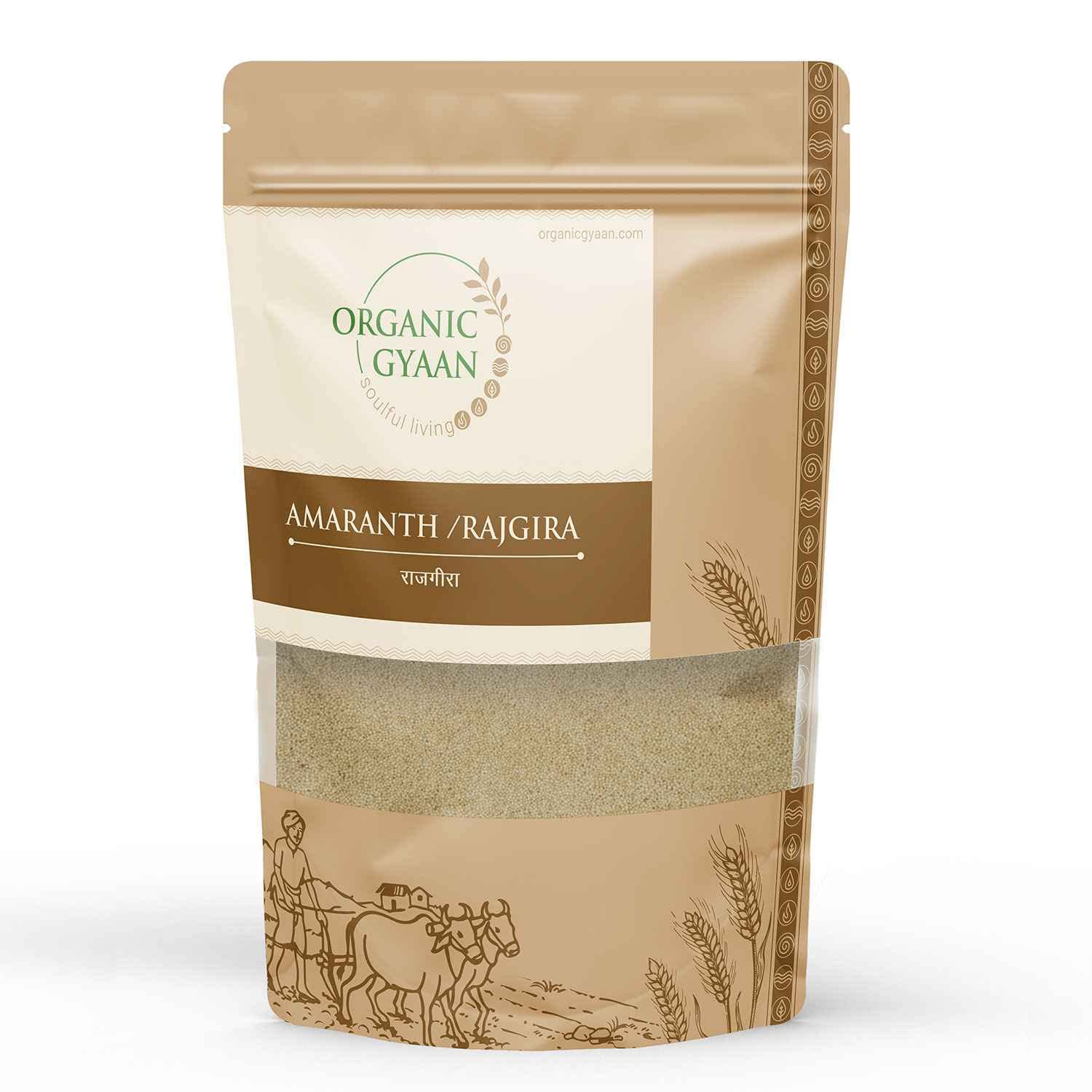



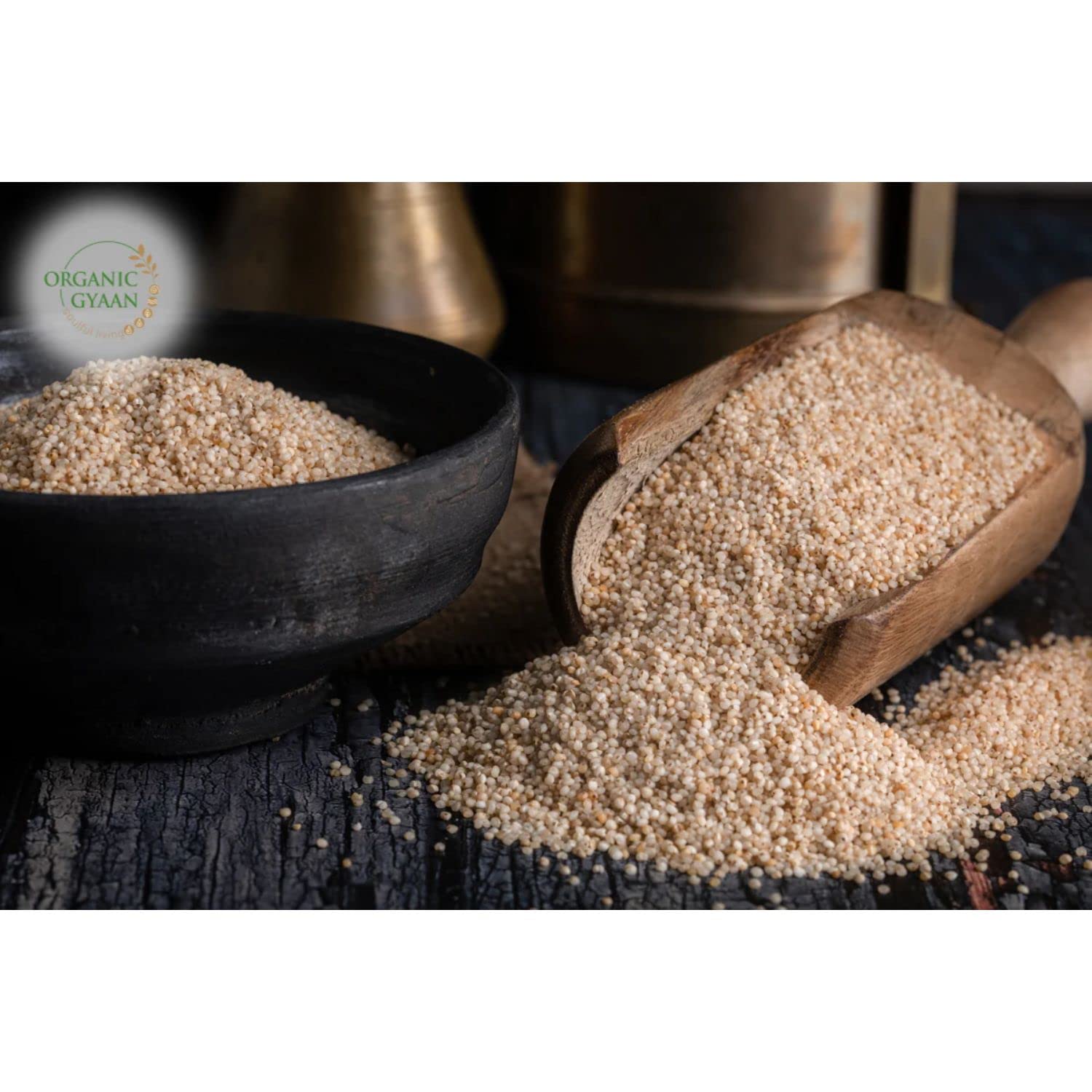
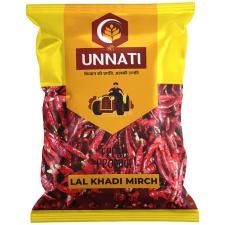
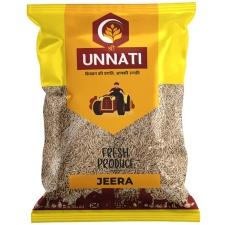
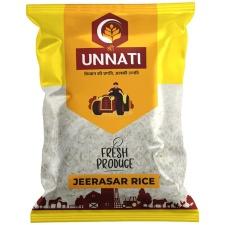
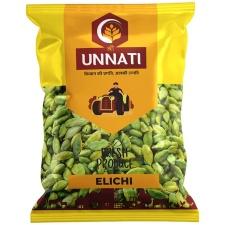
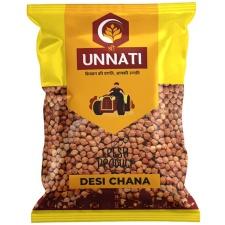
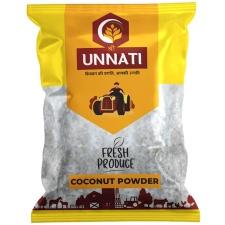

Reviews
There are no reviews yet.